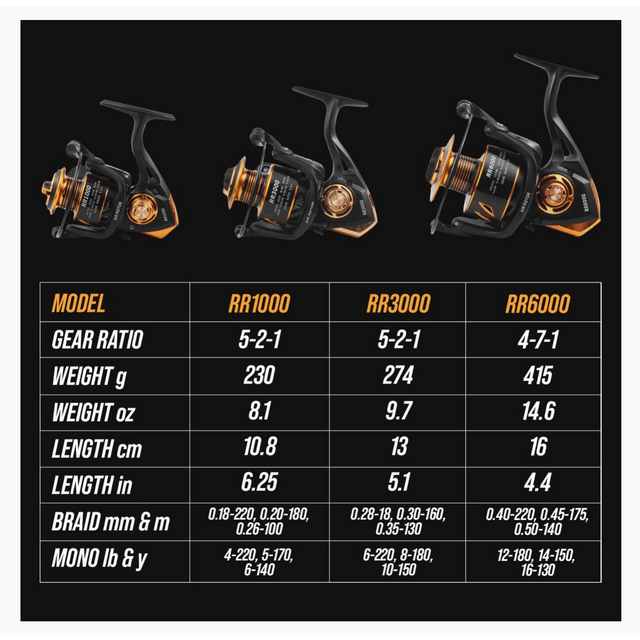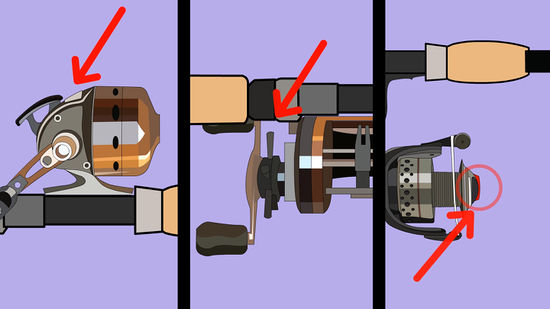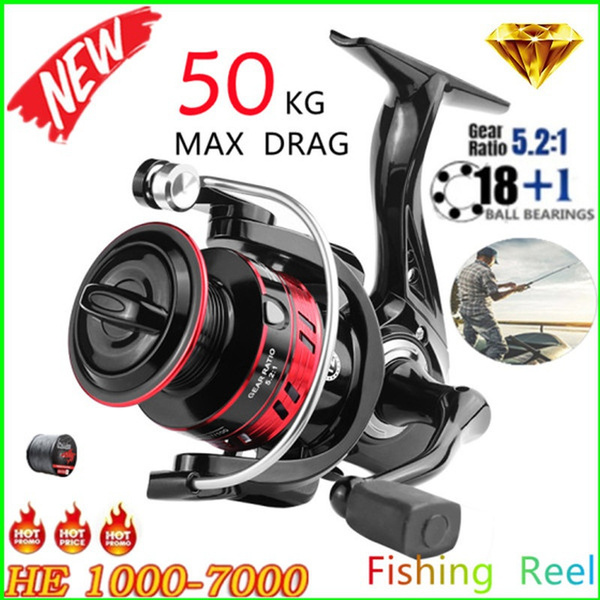How to Tie Line to Baitcast Reel

To tie line to a baitcast reel, first thread the line through the guide closest to the reel. Secure the line with an arbor knot around the spool.
Tying line to a baitcast reel is essential for successful fishing, ensuring strength and durability during your catch. A proper knot minimizes the risk of losing fish due to line slippage or breakage. Knowing the correct technique can enhance your fishing experience and increase your chances of a great day on the water.
Setting up your baitcast reel with precision prepares you for any fishing challenge ahead. This simple yet crucial skill is a must-learn for anglers of all levels aiming to master their equipment for optimal performance.

Credit: www.youtube.com
Introduction To Baitcasting
Baitcast reels are hugely popular among anglers. Their design allows for longer casting distances and greater accuracy. Many opt for baitcasters because they work well with heavier lines and lures, making them ideal for catching larger fish. Precision is a key advantage, as users can control the line with their thumb.
- Better control during casting
- Excels with heavier lures and lines
- Increased casting distance and accuracy
- Optimal for targeting big fish
Choosing The Right Fishing Line
Selecting the appropriate fishing line for your baitcast reel is crucial. Understand that each line type has its unique advantages. Braided, monofilament, and fluorocarbon lines are the main types available.
Braided lines are superior in strength and have no stretch, making them ideal for heavy cover fishing. Monofilament lines are versatile and forgiving, with a bit of stretch. Fluorocarbon lines are nearly invisible underwater and are great for wary fish.
| Line Type | Key Features | Best Use |
|---|---|---|
| Braided | High strength, no stretch | Heavy cover fishing |
| Monofilament | Versatile, slight stretch | General purpose |
| Fluorocarbon | Low visibility underwater | Clear water situations |
Line weight should match your baitcast reel capacity. Check the reel for its line weight range to ensure a good fit. This helps achieve the best casting performance and reduces the chance of line breaks.
Preparing To Tie Line To Your Reel
Preparing your baitcast reel needs the right tools. Make sure you have a clean work area. You will need the following equipment:
- Fishing line – the material you’ll tie to the reel
- Scissors or clippers – to cut the line cleanly
- Tape – helps secure the line’s end to the spool
- Baitcast reel – obviously, the item you’re working on
Start by opening the reel’s cover. This will expose the spool. Make sure your reel’s brake is off. This lets the spool move freely. Now, lay out your tools so they’re easy to reach. You’re ready to begin tying the line.

Credit: www.youtube.com
Step-by-step Line Tying Guide
Threading the line requires focus and steady hands. Start by opening the bail. Then, insert the line through the rod guides. Ensure each guide catches the line.
For securing the line to the spool, use an arbor knot. Make an overhand knot at the line’s end. Tie a second one above the first. Pull it tight to the spool.
Now, winding the line onto the reel begins. Keep tension on the line with one hand. Turn the handle with your other hand. This evenly distributes the line across the spool. Check for twists as you wind.
Common Tying Knots And Techniques
To secure line to your baitcast reel, start by learning the Arbor Knot. First, tie an overhand knot at the line’s end. Next, wrap the line around the spool. Tie a second overhand knot with the free end. Now, pull the line to slide the first knot towards the spool. The second knot stops the first from slipping off.
Another essential is the Improved Clinch Knot. Thread the line through the hook eye and twist the end around the standing line. Do this five to seven times. Bring the line’s end back through the initial loop. Now, thread through the loop you’ve just created. Wetting the knot, slowly pull the lines to tighten.
- Always wet your knots before tightening to reduce friction.
- Trim the excess line close to the knot for a neat finish.
- Use a steady hand and avoid rushing the knot-tying process.
Maintaining Your Baitcast Reel And Line
Maintaining a baitcast reel ensures optimal performance on every fishing trip. Regular upkeep steps are simple yet vital. Keep your reel clean and free of dirt to avoid unnecessary wear. Use a soft cloth for wiping and apply reel lubricant to moving parts. This prevents rust and ensures smooth casting.
To maintain line integrity, assess your fishing line before expeditions. Signs of wear or fraying indicate it’s time for a replacement. A fresh line minimizes the risk of breakage. Your line’s durability depends on both frequency of use and fishing conditions.
Line twist and backlash may occur, but they are fixable. Balance between the line’s memory and tension is crucial. Spooling the line correctly reduces the chances of these issues. For twists, let the line unravel by dragging it behind a moving boat. Respool if backlash knots are persistent.

Credit: www.youtube.com
Frequently Asked Questions For How To Tie Line To Baitcast Reel
How Do You Tie Fishing Line To A Baitcasting Reel?
Open the bail of your reel and thread the line through the guide. Secure the line to the spool with an arbor knot. Trim excess line, close the bail, and wind the line onto the reel, maintaining tension.
How Do You Secure A Baitcaster Line?
To secure a baitcaster line, start by threading the line through the guides. Tie it to the spool using an arbor knot. Trim excess line. Ensure the line lays evenly by applying tension when spooling. Close the bail, and your line is secure and ready for casting.
How Do You Tie A Line Onto A Reel?
Open the bail on your fishing reel and thread the line through the guides. Tie an arbor knot at the spool, ensuring it’s secure. Trim any excess line, close the bail, and begin winding the line onto the reel evenly.
Maintain tension for even distribution.
Should Line Go Over Or Under Bar On Baitcaster?
The line should go over the bar on a baitcaster for proper casting and to reduce the chance of line twists and snags.
Conclusion
Mastering the art of securing your line to a baitcast reel can elevate your angling game to new heights. By following the steps outlined, you’ll enjoy smoother casts and fewer tangles. Remember, practice makes perfect. So grab your gear, apply these techniques, and get ready to reel in your next big catch with confidence.
Happy fishing!




